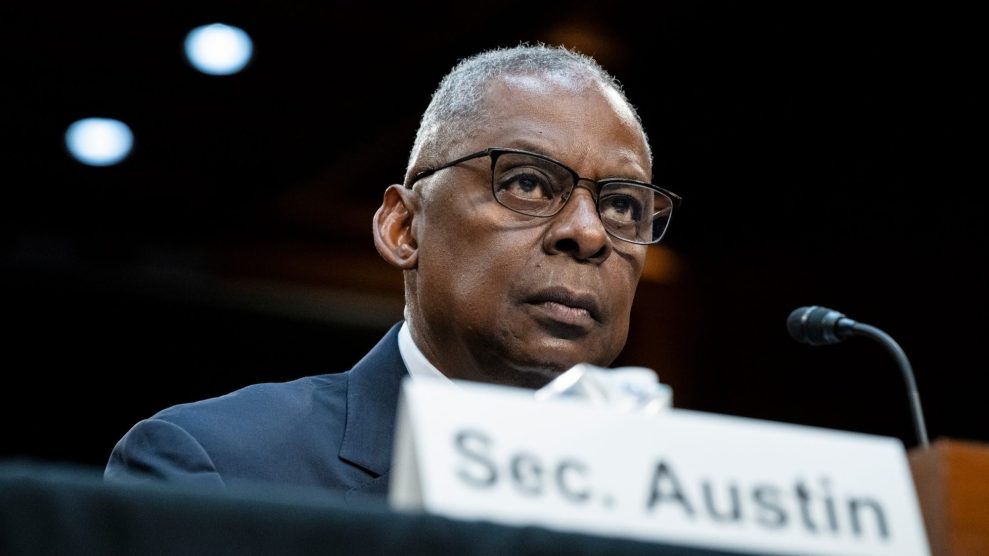 As part of our special investigation “Mission Creep: US Military Presence Worldwide,” we asked a host of military thinkers to contribute their two cents on topics relating to global Pentagon strategy. (You can access the archive here.)
As part of our special investigation “Mission Creep: US Military Presence Worldwide,” we asked a host of military thinkers to contribute their two cents on topics relating to global Pentagon strategy. (You can access the archive here.)
The following dispatch comes from John Feffer, codirector of Foreign Policy In Focus at the Institute for Policy Studies in Washington, DC.
Surrounding China’s String of Pearls
In 1919, the English geographer Halford Mackinder argued that control of the “Eurasian heartland” was the key to world domination. Mackinder believed that Eastern Europe was the gateway to controlling this huge landmass stretching from his home country to the far shores of Asia. And indeed, Eastern Europe proved pivotal in the next conflagration, World War II, as well as in the US policy of containing the Soviet Union in the Cold War era.
This Heartland strategy remains central to US plans, as NATO’s expansion into Eastern Europe to the very borders of Russia demonstrates. But in Asia, a different theorist of geopolitics applies. US political scientist Nicholas Spykman focused not on Eastern Europe but what he called the “rimland,” namely the coastal regions that lie between the land powers and the naval powers.
The map of US military presence reveals this rimland strategy of the United States. There are large concentrations of American troops in South Korea and Japan. The United States maintains basing agreements with the Philippines and Thailand. And in the last decade, closer ties have been secured with Australia, Bangladesh, India, and Pakistan.
Connect the dots, and the rimland strategy emerges: containment of China not by stationing bases directly on its borders but by controlling the in-between regions along its coast, and the areas that block its access to the coast. Except for Taiwan, where the US objective is to deter Beijing from invading. Washington has focused on controlling waterways (to safeguard Middle East energy flows to Asian allies), establishing nodal points in a missile defense system, and protecting US trade interests.
China has its own plan for controlling these pivotal coastal areas. Dubbed the “string of pearls,” this strategy involves building or upgrading its military and commercial facilities along the Asian littoral from its own Hainan Island to a shipping facility in Bangladesh to a new naval base in Gwadar, Pakistan. Importantly, though, this strategy is largely economic. China has wooed and won its neighbors in Asia through a mixture of trade and aid, not by building up strong bilateral military alliances.
China is no Soviet Union. It is a major American trade partner and it holds a sizable portion of US debt. Washington and Beijing cooperate on counterterrorism and on reining in North Korea’s nuclear ambitions. So containment of China is not going to look like the old-style containment of the Soviet Union, which depended on hard-power confrontation. In the post-Cold War era, US basing strategy in Asia has shifted accordingly: away from fixed sites toward a rapid-response capability.
The US relationship with China is ambiguous, a mixture of containment and engagement. The containment policy is equally ambiguous, with US forces capable of responding to a variety of threats, only one of which might come from the direction of China.
More Dispatches
Robert Kaplan
Katherine McCaffrey
Winslow Wheeler
Steven Metz
C. Douglas Lummis
Douglas Macgregor
John Nagl
William Hartung
John Lindsay-Poland
Catherine Lutz
Peter Beck
Nick Turse
John Pike
Mark Selden












